

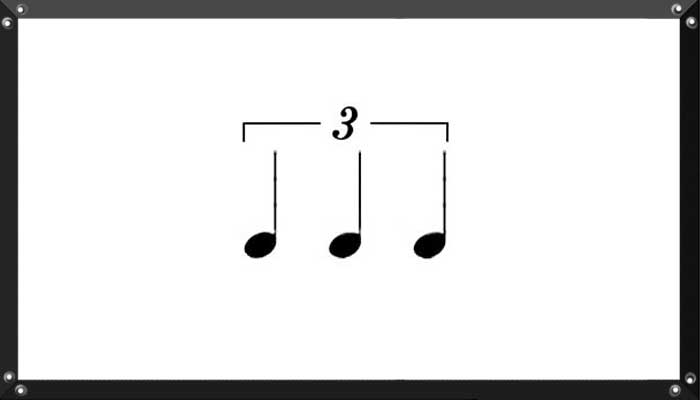
A number of notes of irregular duration are performed within the duration of a given number of notes of regular time value; e.g., five notes played in the normal duration of four notes; seven notes played in the normal duration of two; three notes played in the normal duration of four. Tuplets are named according to the number of irregular notes; e.g., duplets, triplets, quadruplets, etc.
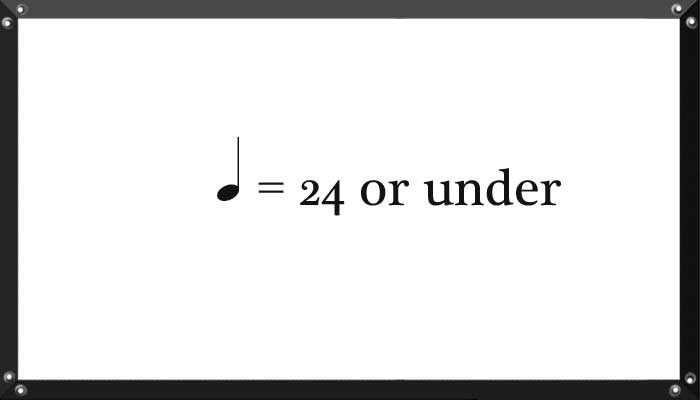
very, very slow (24 bpm (beats per minute in a 4/4 time) and under. This is the slowest tempo you can get. It can be 20, or 18, or 12.
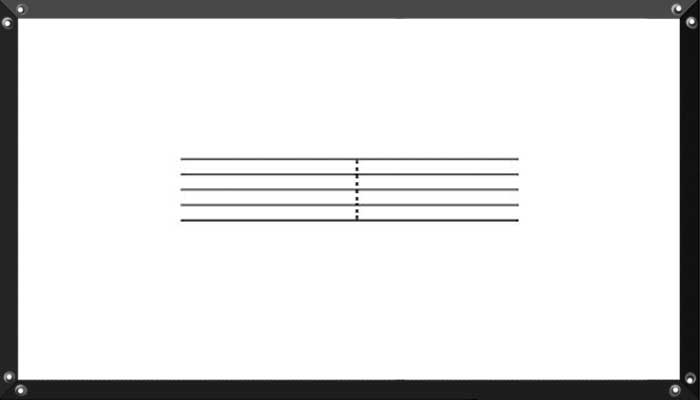
Subdivides long measures of complex meter into shorter segments for ease of reading, usually according to natural rhythmic subdivisions.
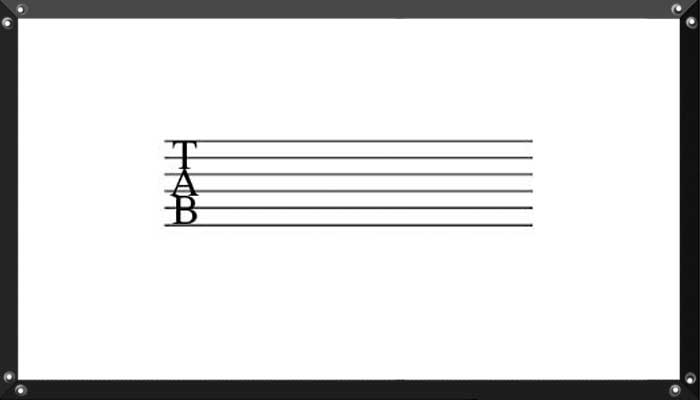
For stringed instruments it is possible to notate tablature in place of ordinary notes. In this case, a TAB sign is often written instead of a clef. The number of lines of the staff is not necessarily five: one line is used for each string of the instrument (so, for standard 6-stringed guitars, six lines would be used). Numbers on the lines show which fret to play the string on. This TAB sign, like the percussion clef, is not a clef in the true sense, but rather a symbol employed instead of a clef. Similarly, the horizontal lines do not constitute a staff in the usual sense, because the spaces between the lines in a tablature are never used.
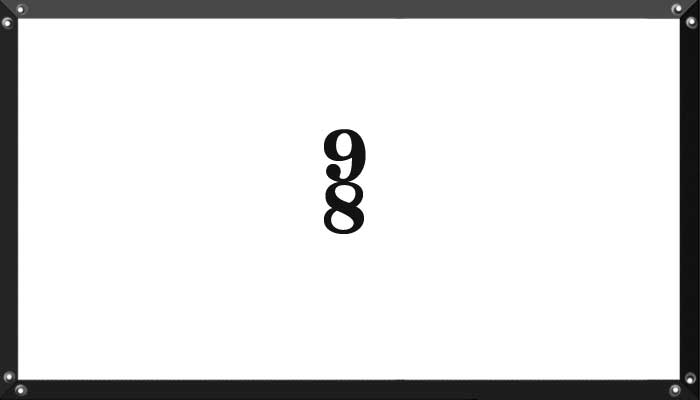
The bottom number represents the note value of the basic pulse of the music (in this case the 4 represents the crotchet or quarter-note). The top number indicates how many of these note values appear in each measure. This example announces that each measure is the equivalent length of three crotchets (quarter-notes). For example, 3/4 is pronounced as "three-four time" or "three-quarter time".

Try this test to see how much you know so far. You need to know 10 symbols in a row with no mistakes.